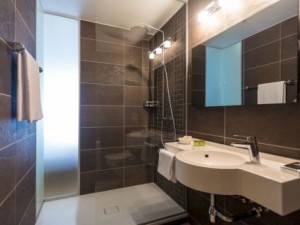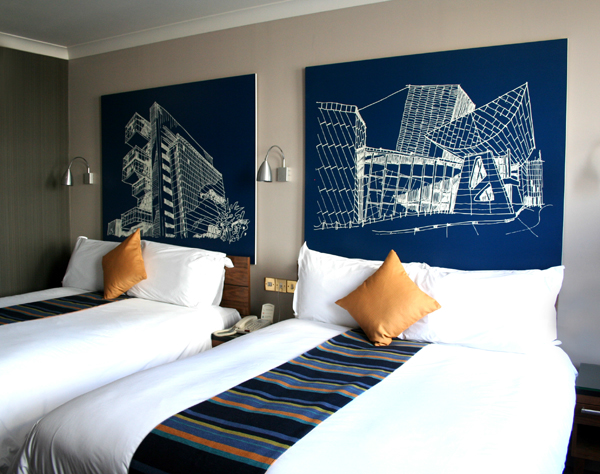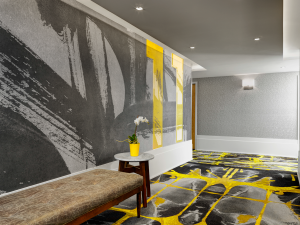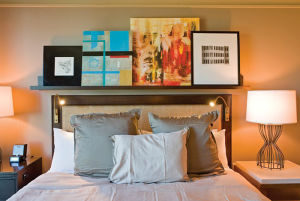
It’s the PIP for Hotels. Property Improvement Plans for National Hotel Brand Standards
It isn’t easy to be cool. And hospitality design is a cutting edge market. A national hotel brand knows design and technology are key factors in property improvement plans.
Properties that want to maintain their status with a national hotel brand undergo regular inspections to make sure their property meets the standards of the brand. During the recession a few years ago, there was some leniency in compliance, but since 2011 national brands are less likely to look the other way. There has been a conscious attrition of properties by the savvy big names who know that they have to compete in each market by scrutinizing and discerning customers.
Today’s customers are technically plugged-in. They are informed and that doesn’t give a hotel property much wiggle room when it comes to meeting expectations. National brand websites promote an experience that needs to be delivered whether in Anchorage or Miami.
Hotels that want to establish a relationship with a national hotel brand have a rigorous review. Existing hotels that haven’t updated their properties in the last 3-5 years are being challenged by the costs related to required updates.
The areas that challenge the existing property and could be higher priorities on a PIP (Property Improvement Plan) include:
Technology
- From registration to check in, in-room stay and checkout, the customer expects to control their experience through their online capabilities.
- In-room TV’s are monitors with streaming TV, and customer access to their business and personal sites needs to be immediate.
In-room services
- Customers want the ability to make their home for a night meet their needs. Whether that means writing a business report, taking along a pet, eating in, exercising in or conducting a virtual business meeting.
Interior design
- If properties haven’t updated since 2011, they are faced with changes in customer expectations in lighting, bedding, finishes and furnishings (in that order).
Property services
- Not that long ago the pool and fitness center was a “must have”, and while still preferred for general business and personal accommodations, it is out-ranked by giving the guest enough room in their room to be able to exercise. Resort hotels still need fitness centers, pools and spas.
- While today’s guest doesn’t need a real front desk, they do need at least the ability to find a small meal, a beverage, the equivalent of a local concierge or “helper”.
Hotel developers who are building today, find the requirements by a national hotel brand to be both more specific and strict, but also more consultative. Brands are very eager to have strategically placed and built properties and those requirements come with costs, so most hotel companies want to appear to be and in most cases, be helpful.
r.o.i. Design is seeing an emerging trend in national hotel brands that further separates those properties from the boutique hotels and the resort hotels. The boutique and resort hotels are able to provide unique style and services based on a developer or regional preference. Customers are discerning and are deciding if their stay requires a national brand, a boutique hotel or a resort experience.




